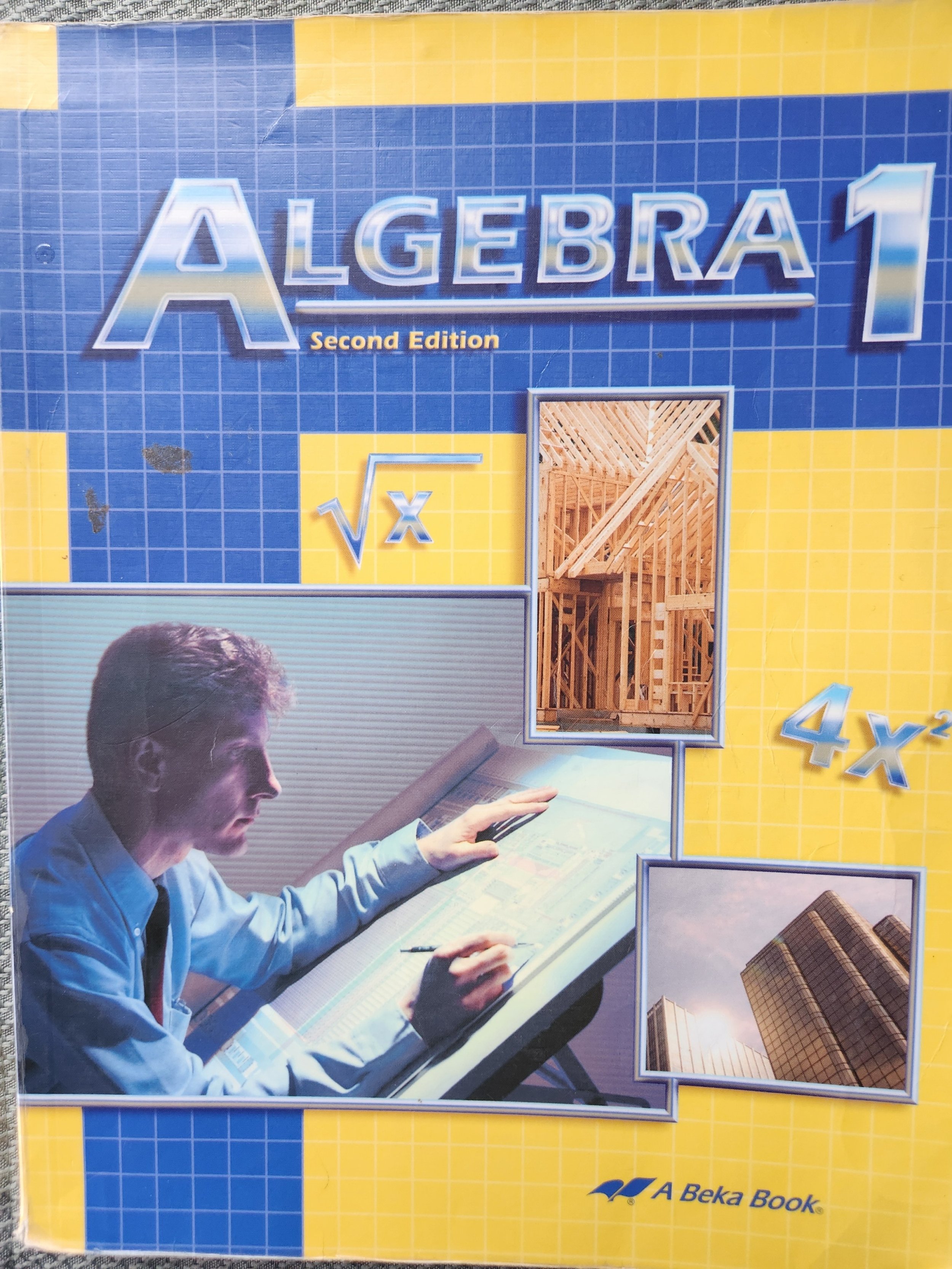The Write Stuff Adventure (Exploring the Art of Writing) Paperback by Dean Rea
Gently used books
Developed through use with different age groups of homeschoolers, this writing program easily adapts to students from about fifth grade through high school. Beginning lessons work on basic concepts. The first few lessons are designed to get kids writing in a non-threatening manner. The first section also draws attention to punctuation, some parts of speech, phrases, clauses, and complete sentences. Very creative writing topics keep these lessons from being mechanical experiences.
Lessons become more challenging, moving on through such activities as interviews, letters to the editor, essay writing, poetry, creating family history "pieces," writing non-fiction articles, writing a family newspaper, and writing feature articles. The last few sections stretch into writing radio scripts, creating editorial cartoons, and working on forms of visual communication—areas not typically covered in writing programs.
Lessons are designed to be presented by the teacher—this is a teacher's manual, rather than a student book. It will work well for a parent working with just one child, but it would be more fun in a group. You will need to be selective about which lessons to use since there is a wide range in level of difficulty. Most lessons can be used with older students, challenging them to perfect skills even with the easiest lessons. However, younger students might need to take more time at various levels as they develop new skills.
I like this program for many of the same reasons I like Cheaney's Wordsmith—it combines some practical grammar application within lessons that are creative and encouraging, all the while developing significant writing skills.
Gently used books
Developed through use with different age groups of homeschoolers, this writing program easily adapts to students from about fifth grade through high school. Beginning lessons work on basic concepts. The first few lessons are designed to get kids writing in a non-threatening manner. The first section also draws attention to punctuation, some parts of speech, phrases, clauses, and complete sentences. Very creative writing topics keep these lessons from being mechanical experiences.
Lessons become more challenging, moving on through such activities as interviews, letters to the editor, essay writing, poetry, creating family history "pieces," writing non-fiction articles, writing a family newspaper, and writing feature articles. The last few sections stretch into writing radio scripts, creating editorial cartoons, and working on forms of visual communication—areas not typically covered in writing programs.
Lessons are designed to be presented by the teacher—this is a teacher's manual, rather than a student book. It will work well for a parent working with just one child, but it would be more fun in a group. You will need to be selective about which lessons to use since there is a wide range in level of difficulty. Most lessons can be used with older students, challenging them to perfect skills even with the easiest lessons. However, younger students might need to take more time at various levels as they develop new skills.
I like this program for many of the same reasons I like Cheaney's Wordsmith—it combines some practical grammar application within lessons that are creative and encouraging, all the while developing significant writing skills.
Gently used books
Developed through use with different age groups of homeschoolers, this writing program easily adapts to students from about fifth grade through high school. Beginning lessons work on basic concepts. The first few lessons are designed to get kids writing in a non-threatening manner. The first section also draws attention to punctuation, some parts of speech, phrases, clauses, and complete sentences. Very creative writing topics keep these lessons from being mechanical experiences.
Lessons become more challenging, moving on through such activities as interviews, letters to the editor, essay writing, poetry, creating family history "pieces," writing non-fiction articles, writing a family newspaper, and writing feature articles. The last few sections stretch into writing radio scripts, creating editorial cartoons, and working on forms of visual communication—areas not typically covered in writing programs.
Lessons are designed to be presented by the teacher—this is a teacher's manual, rather than a student book. It will work well for a parent working with just one child, but it would be more fun in a group. You will need to be selective about which lessons to use since there is a wide range in level of difficulty. Most lessons can be used with older students, challenging them to perfect skills even with the easiest lessons. However, younger students might need to take more time at various levels as they develop new skills.
I like this program for many of the same reasons I like Cheaney's Wordsmith—it combines some practical grammar application within lessons that are creative and encouraging, all the while developing significant writing skills.







